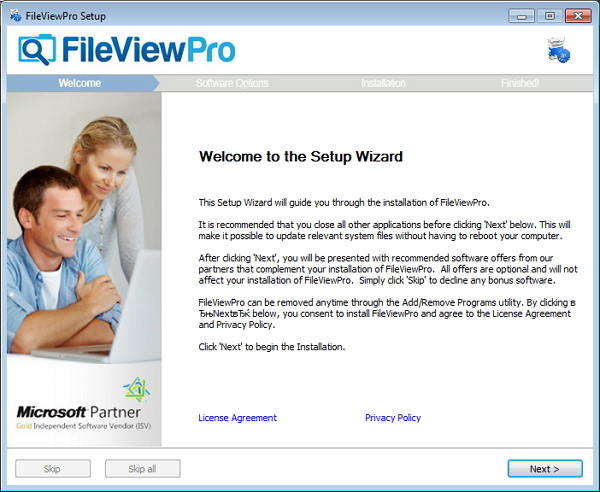FileViewPro is a flexible, user-friendly software created to enhance file management, offering users a effortless experience in accessing, examining, and managing multiple file types without the need for specialized software. One of the notable aspects of FileViewPro is its support for TMX files, a vital file format for professionals in the translation and localization industries. With the growing need for businesses and individuals to work across different languages, TMX files have become indispensable in preserving translation memory data, making FileViewPro an indispensable tool for those who need multilingual content management.
TMX, or Translation Memory Exchange, is a common format used to store translation memory data. These files play a vital role in the translation process by retaining previously translated text segments, ensuring consistency across documents while significantly reducing the time and cost associated with translating duplicate content. FileViewPro supports TMX files natively, allowing users to access and inspect the contents of these files without requiring additional translation memory software.
This functionality is particularly advantageous for translators, language service providers, and project managers who require quick access to translation memory data for consultation, analysis, and quality assurance purposes. One of the primary challenges users deal with with TMX files is their XML-based structure, which can be difficult to navigate without the right software. Unlike traditional text editors that may struggle to display TMX files accurately due to their complex formatting, FileViewPro eases the process by presenting the content in an easy-how to open TMX-read format.
The software smartly parses the XML data, extracting the relevant translation units and displaying them in a intuitive interface. This feature does away with the need for manual parsing or the use of complex coding knowledge, making it accessible even to users who are not technically inclined but need to work with translation memories. FileViewPro’s TMX file support extends beyond simple viewing. The software allows users to search inside TMX files, enabling them to locate specific translation units promptly.
This search functionality is crucial for translators who need to find specific phrases or terms previously translated in order to ensure consistency across projects. By optimizing this process, FileViewPro helps users be more efficient and avoid the errors that can result from inconsistent translations, boosting the overall quality of multilingual content. Additionally, the software supports large TMX files, handling them effectively without performance issues, even when dealing with large-scale translation memory databases.
Another significant plus of using FileViewPro for TMX files is its compatibility across different operating systems. Many standard translation tools are confined to specific platforms, which can be a hindrance for professionals who work in multiple environments. FileViewPro, however, is built to be flexible and works seamlessly on both Windows and Mac systems, ensuring that users can access their TMX files regardless of the machine they are using.
This platform-independent support is a major benefit for remote teams or freelancers who may use different operating systems depending on the project requirements. FileViewPro also includes features that go beyond just accessing TMX files. Users have the option to convert the translation memory data into other formats, making it more convenient to integrate with different translation software or client-specific systems. The export feature is designed to maintain the integrity of the translation units, ensuring that no data is omitted or modified during the process.
